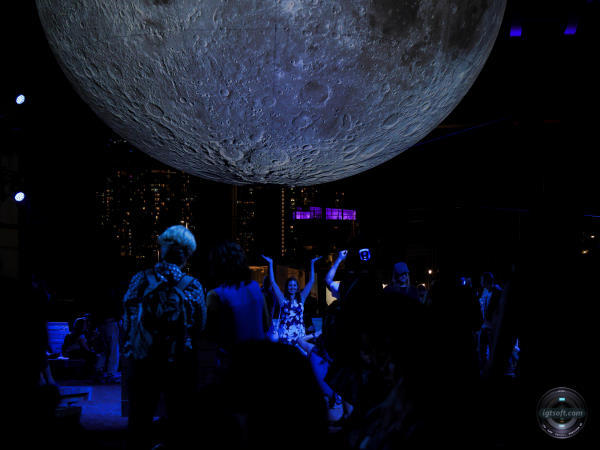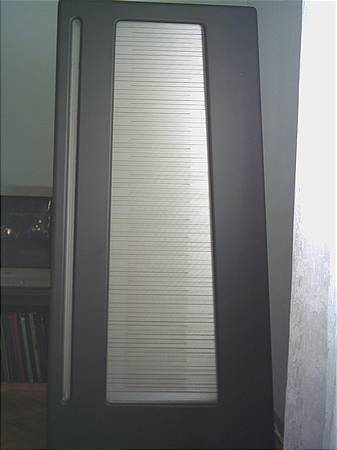My Photo and Video Journey
Years ago, I shot on a Canon AE-1 film SLR (with the mirror) camera. A roll of ISO 100 film was ~$5 for 24 exposures - processing and printing was ~$25 at the height of ridiculous. In 2015, I threw away that camera along with its single lens.
Along the way, I have used an 8mm analog camcorder where the 3-minute analog tape was around $15 (faded memory on pricing) which included processing (done by sending the recorded tape to a processing center). Weeks later, the reel came in the mail. Pop it in the projector, hoping the tape does not jam (because when it did, a hole would burn through the tape from the heat of the projector lamp). The film sensitivity was extremely low and a bank of blinding lights had to be held up during video recording.
I have also used Sony 8mm camcorders where an analog signal was recorded on a magnetic tape. Feedback was instant. Re-record as necessary. I also experimented with a Sony miniDV digital camcorder but it had flaws so I ended up returning the product to the store.
In 2015, I was eyeing the Sony A6000 as a hybrid photo and video camera capable of recording FHD (1920x1080) up to 60fps. Reports of camera over-heating which causes recording to be stopped ultimately led me away from the A6000.
Having been brandwashed by Canon and Sony over the years, I ventured with an open mind to other camera manufacturers. As a hobby, I could not fathom paying for the expensive upper-end products from Canon and Nikon in the DSLR market. Furthermore, from a technical standpoint, I have always thought the mirror in a digital camera is total nonsense. As for full-frame sensor size, it came at too high a price point for me as an enthusiast wanting to get back into photography and videography.
Video has always been a greater interest for me and the burgeoning 4K video trend was foremost on my mind. I came across the Panasonic Lumix DMC-G7 which I decided to purchase in Sept/2015. It came with a kit lens (14-42mm zoom) which rendered photos and videos far clearer and sharper than I had even seen with my recording devices. The 4K videos from the G7 were phenomenal.
But as image quality (IQ) improvements will have it, I began to realize that I needed better lenses. Not long after buying the G7, I purchased a 35-100mm zoom lens with constant f/2.8 maximum aperture. In 2017, as I shot more material, I realized that I needed a shorter focal length lens with better IQ than the kit lens - so I ended up buying a 12-35mm zoom lens (also with constant f/2.8 maximum aperture). In late 2017, I got the itch to get a "prime" (fixed focal length) lens for the ultimate in IQ - so I ended up with my 42.5mm focal length and f/1.2 maximum aperture portrait lens.
The itch for better IQ and camera performance did not leave me heading into 2018. I ended up buying the Lumix DC-G9 camera which was announced in Nov/2017 and released in Jan/2018. The 'in body image stabilization' (IBIS) and 2160p60 (4K at 60fps) are my main reasons for upgrading to the G9. My G7 does not have IBIS and can only record up to 30fps for 4K. I found 2160p30 to be inadequate for on-the-go gimbal mounted video recording when there is camera pan/tilt along with fast action being recorded.
I'm pretty happy with my G9 and 3 lenses to allow me to capture photos and videos in high IQ.
But wait! The camera industry does not rest as companies try to leapfrog each other on a continuing basis. Competition spurring innovation is good, especially when it comes with more technology for less money. In Feb/2018, Sony announced their A7 III which shoots up to 30fps for 4K video with improved photo features (e.g. high burst rate). This is a full-frame sensor camera offering 24MP of resolution with exceptional low-light performance and fast accurate autofocus for photo and video. And it comes at a very competitive $2000 USD price point. Perhaps this is the beginning of the end for mirror SLR cameras from Canon and Nikon (and other less significant mirror embracing companies).
Full-frame lenses are big and heavy. Despite the small size and weight of the Sony mirrorless A7 III, the total weight after accounting for lenses will be much greater than I what have with my Micro Four Thirds sensor G9 along with its smaller and lighter lenses. I already find my G9 with 3 lenses to be heavy during extended outings. The full-frame sensor offers better low-light performance and Sony has superior autofocus (especially significant for video) over my G9 but due to size, weight and money, I will not be going with the A7 III anytime soon (despite temptation).
2010 Aug Sep Oct Nov Dec
2011 Jan Feb Mar Apr Jun Sep Oct Dec
2012 Jan Feb Apr May Jun Oct Nov Dec
2013 Jan Feb Mar May Jun Dec
2014 Jan Mar Jun Jul Aug Oct Nov Dec
2015 Jan Feb Mar Apr May Jun Oct Nov Dec
2016 Jan Feb Mar Apr May Jun Jul Aug Sep Oct Nov Dec
2017 Jan Feb Apr Oct
2018 Jan Feb Mar Apr
2020 Mar Apr May







